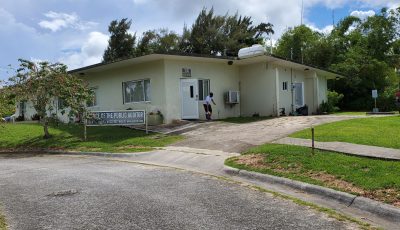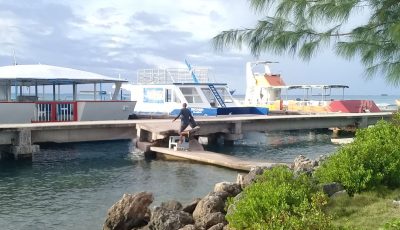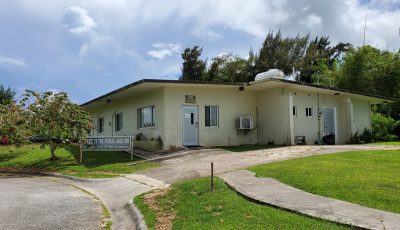OPA finds MRSO’s organizational structure unclear
The Office of the Public Auditor has found that the CNMI Medical Referral Services Office’s organizational structure is unclear.
In its audit report released last week, OPA said they found that MRSO’s only governing criteria are internal policies, statute on Medical Referral Patient Family Escort, Government Liability Act, and MRSO’s standard operating procedures that explain the referral approval process.
OPA conducted the audit on MRSO for fiscal years 2018 to 2020 to determine if effective internal controls are in place to ensure proper cash management, issue and enforce promissory notes, and ensure compliance with applicable laws, rules and regulation when determining patient and escort eligibility.
OPA said that without an enabling legislation, statutorily authorized regulations, or standard operating procedures, MRSO is left without proper guidance to ensure efficient operations.
OPA recommended that MRSO develop a plan to meet with all stakeholders and establish proper internal controls to ensure an affordable, effective, and equitable program.
MRSO director Ronald D. Sablan agreed with OPA’s recommendation.
In MRSO’s response, Sablan said there has been no official statute to establish MRSO’s program since its inception. Sablan said they take the position following the Office of the Attorney General’s recommendation that the Office of the Governor assume the responsibility for the administration and operation of the off-island Medical Referral Program.
He encouraged a legislative process in line with the OAG’s recommendation to legally establish the MRSO as an independent agency under the Executive Branch and appropriately funded.
The director said pending legislative action, the proposed completion is currently in process.
Commonwealth Healthcare Corp. chief executive officer Esther L. Muña also agreed with OPA’s recommendation. In CHCC’s response to the audit, Muña said that, although the OAG believes CHCC should be administering the Medical Referral program, CHCC is unable to address this finding on organizational structure as the repeal of a statute took away CHCC’s specific authority to adopt regulations when off-island care is necessary and appropriate. She said legislation needs to be passed to cure this organizational structure finding.
OPA said MRSO’s internal policy requires that MRSO manage a program and its operation to ensure that health care benefits afforded to residents of the CNMI are provided in a cost-efficient and equitable manner. However, OPA said, MRSO has been an entity under the Office of the Governor where funds can be reallocated to cover expenses without legislative oversight. As a result, OPA said, a large variance between what was appropriated and the actual expenditures increased each fiscal year.
OPA noted that MRSO’s current organization chart reflects that MRSO has two gubernatorial appointed officers in-charge, one for the Guam satellite office and one for the Hawaii satellite office. OPA said both of the OICs are to report to the MRSO director, who then reports to the governor.
However, OPA learned from interviews that on many occasions, the OICs report directly to the governor, bypassing the director, which impedes the MRSO’s management’s ability to communicate and function effectively.



























